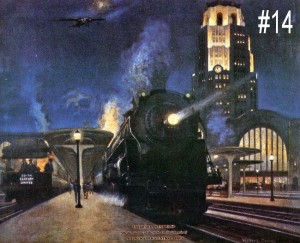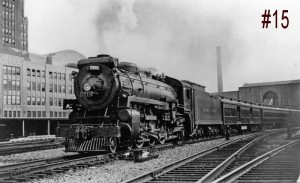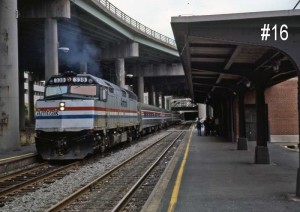Field Trip Report: Part 5 of 7 – New Jersey, Pennsylvania and New York
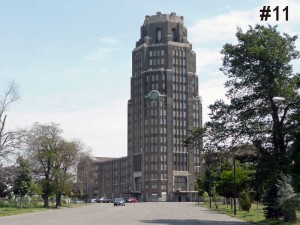
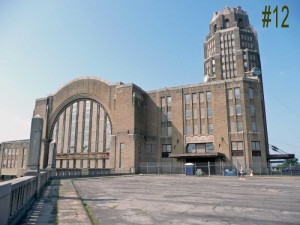
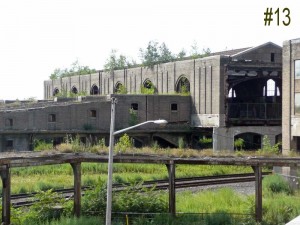 Click on each image for a closer look!
Click on each image for a closer look!
The highlight of the trip was a tour of the Buffalo Central Terminal, opened by the New York Central Railroad in 1929 and abandoned by Amtrak in 1979. BCT was familiar to many Torontonians, who changed trains there to reach various destinations in the United States. In order to avoid some of the problems that had plagued Toronto’s new Union Station, whose approach tracks and trainshed were still under construction in 1929 because of disputes over property acquisition and grade separations, Central Terminal was located two miles from downtown on 70 acres of land purchased by the NYC.
This would later prove to be the terminal’s undoing as it was too isolated from Buffalo’s central business district for the convenience of passengers and was difficult to recycle for other uses after the station closed in 1979. For many years after, this magnificent terminal was an embarrassing urban ruin, open to the elements and inhabited by indigents. After several different owners, the building was acquired by the Central Terminal Restoration Corporation, a voluntary non-profit organization, and is slowly being secured and stabilized.
The Central Terminal organization runs about a half dozen tours of the station every year. In September, they hold an annual train show inside the terminal. I find it amazing and gratifying that a volunteer group has taken on the responsibility of maintaining this magnificent building. More information on the organization as well as an extensive archive is maintained at their website. Access this website by clicking here.
#11- The approach to BCT along Paderewski Drive. The terminal was located in the Polish neighbourhood of Buffalo and many of the local street names reflect that heritage. The station is dominated by a 15-story Art Deco office tower, now abandoned.
#12- The outdoor parking lot actually sits on top of a large parking garage, which includes a streetcar loop and lobby that were never completed since a local gangster controlled the taxi monopoly and didn’t want any competition from public transit. The design of the station was partly influenced by Central Station in Helsinki, Finland.
#13- The passenger concourse was built over the tracks, similar to VIA’s Central Station in Montreal. In 1982, the concourse was partly demolished to permit Conrail double-stack freight trains to pass through the station complex.
#14- The most famous image of BCT was prepared by the New York Central for a 1930 calendar. The painting showed the eastbound and westbound sections of the railroad’s most famous train, the 20th Century Limited, meeting at Buffalo. There was some artistic license involved since the two trains didn’t normally meet at this location, nor did they board passengers in Buffalo since it was in the middle of the night.
.
#15- CPR Pacific No. 2715 prepares to haul a Toronto-bound train out of Central Terminal in the mid-1930s. The locomotive was an “international” engine equipped with Automatic Train Control so it could operate over the New York Central. In Toronto, 2715 was serviced at John Street. (Al Paterson photograph)
#16- The Exchange St. station is used by Amtrak’s daily Maple Leaf between Toronto and New York and the Niagara Falls-New York Empire Service. The Chicago-New York/Boston Lake Shore Limited uses the Depew station. I photographed the Maple Leaf at Exchange Street in 1984 when there were still two tracks.
Click here to read Part 6.
To return to the first installment of this news posting, click here.
Posting and pictures by Derek Boles, TRHA Historian


